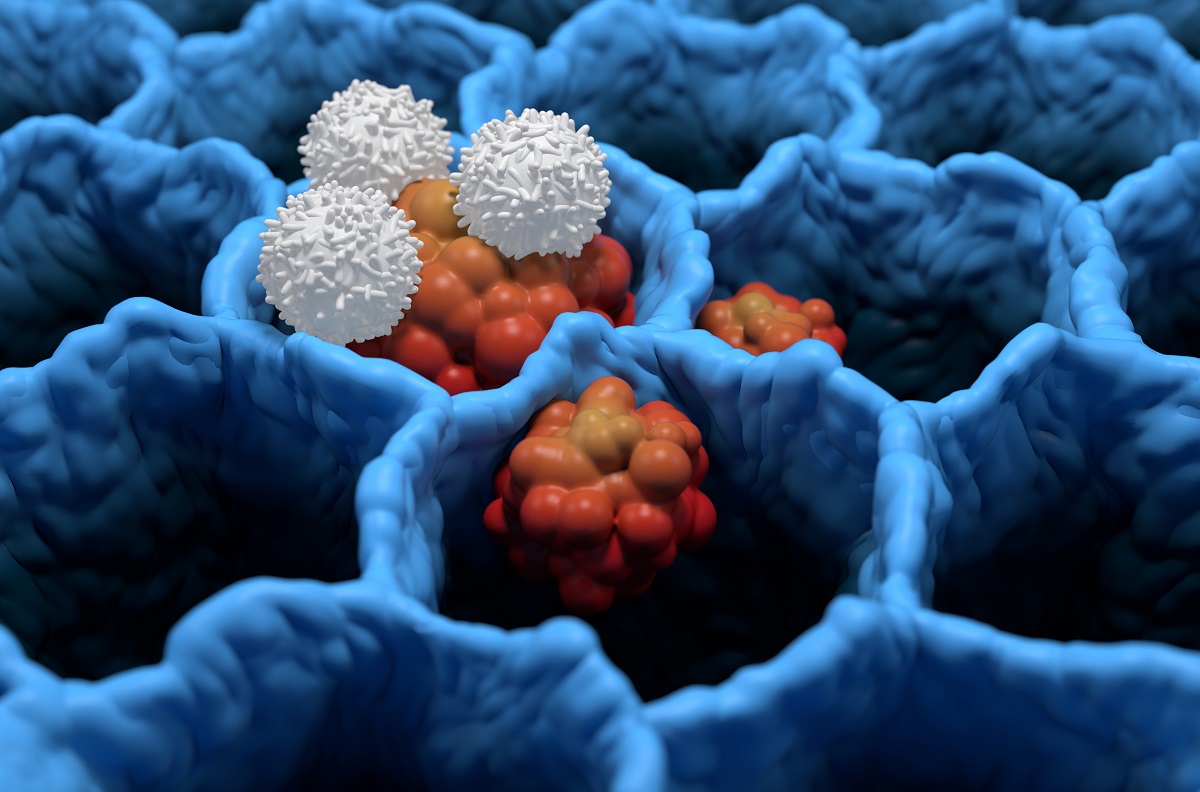KEY TAKEAWAYS
- The study aimed to investigate the local microbial community and its interactions with the host in non-smokers with ES-LUAD.
- Researchers noticed significant lung microbiota alterations, suggesting diagnostic potential for ES-LUAD.
The incidence of early-stage lung adenocarcinoma (ES-LUAD) is steadily increasing among non-smokers. Previous research has identified dysbiosis in the gut microbiota of patients with lung cancer. However, the local microbial profile of non-smokers with ES-LUAD remains largely unknown.
Yaohui Sun and the team aimed to systematically characterize the local microbial community and its associated features to enable early intervention.
They performed an inclusive analysis by prospectively collecting ES-LUAD samples (46 cases) and their corresponding normal tissues adjacent to the tumor (41 cases), along with normal lung tissue samples adjacent to pulmonary bullae in patients with spontaneous pneumothorax (42 cases).
These samples were subjected to ultra-deep metagenomic, host transcriptomic, and proteomic sequencing. The obtained omics data were analyzed both individually and integratively using Spearman correlation coefficients to identify the relationships between the microbial community and host features.
They concurrently detected the presence of bacteria, fungi, and viruses in the lung tissues. The microbial profile of ES-LUAD exhibited similarities to NAT but demonstrated significant differences from the healthy controls (HCs), characterized by an overall reduction in species diversity.
Patients with ES-LUAD exhibited local microbial dysbiosis, suggesting the potential pathogenicity of certain microbial species. Through multi-omics correlations, intricate local crosstalk between the host and local microbial communities was observed.
A significant positive correlation (rho > 0.6) between Methyloversatilis discipulorum and GOLM1 at both the transcriptional and protein levels was identified using multi-omics data. This correlated axis may be associated with prognosis. The diagnostic model composed of 6 bacterial markers successfully achieved precise differentiation between patients with ES-LUAD and HCs.
The study concluded that the microbial spectrum in patients with ES-LUAD provides evidence of alterations in lung microbiota and their interplay with the host, enhancing comprehension of the pathogenic mechanisms that underlie ES-LUAD. The specific model incorporating lung microbiota can serve as a potential diagnostic tool for distinguishing between ES-LUAD and HCs.
The study was funded by Fifth Affiliated Hospital of Sun Yat-sen University Qingdong Cao’s talent-attracting fund.
Source: https://pubmed.ncbi.nlm.nih.gov/38997719/
Sun Y, Gan Z, Wang X, et al. (2024). “Integrative metagenomic, transcriptomic, and proteomic analysis reveal the microbiota-host interplay in early-stage lung adenocarcinoma among non-smokers.” J Transl Med. 2024 Jul 13;22(1):652. doi: 10.1186/s12967-024-05485-0. PMID: 38997719; PMCID: PMC11245786.



